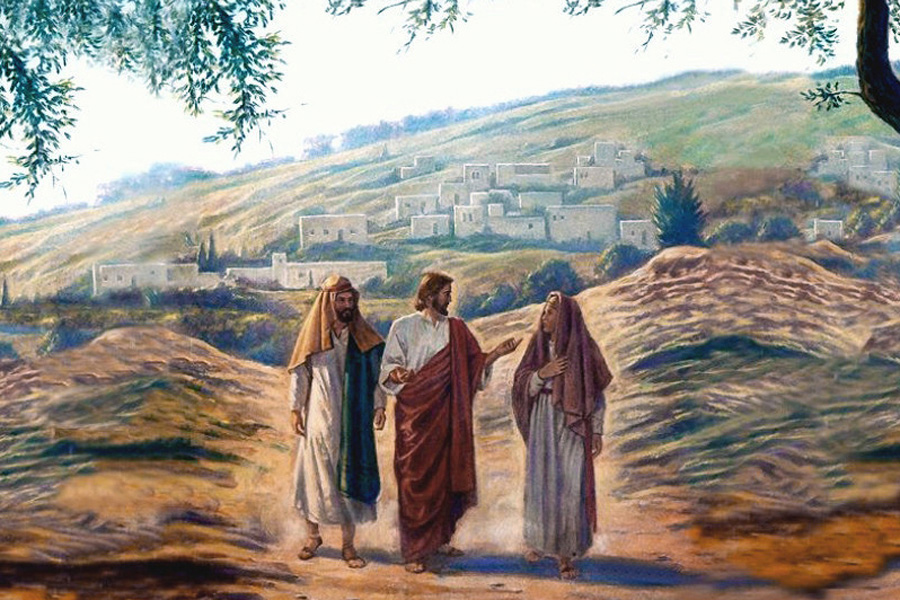
October: The Rosary and Devotion to Saint Joseph Part One
by Fr. Tony Okolo C.S.Sp., V.F. | 10/19/2025 | Weekly ReflectionBeloved Parishioners,
As the month of October is gradually coming to an end, I wish to share some reflections on the rosary and the origin of this beautiful prayer said in the month of October. Every October, just like this, the Church invites us to appreciate more deeply two treasures that never lose their glow—the Holy Rosary and Saint Joseph, the humble guardian of the Redeemer and protector of the Church.
As we journey through this Jubilee Year of Hope, these devotions acquire a renewed depth. Hope, we know, is not a passive waiting, but an active trust born from love and sustained by prayer. Few devotions express that union of love, faith, and prayer more beautifully than the Rosary and the quiet fidelity of Saint Joseph.
It was Pope Leo XIII, in his 1889 encyclical Quamquam Pluries, who first dedicated October to Saint Joseph. He urged the faithful to look to Joseph as a model of strength, obedience, and steadfast hope in uncertain times. He even composed a special prayer to Saint Joseph, to be recited after the Rosary in October, asking the Guardian of the Holy Family to watch over the Church and defend her from evil.
More than a century later, Pope Leo XIV, in Dilexit Te, echoes that same devotion with renewed vigor. He describes Joseph as “the saint of ordinary days,” whose faith “flourished not in noise or acclaim but in quiet trust.” In Joseph, we find a companion of hope —a man who believed God’s promises even in silence. He shows us that holiness does not depend on dramatic moments but on daily fidelity, patience, and love lived in small, hidden ways. In our homes, parishes, and workplaces, Joseph teaches us that every humble act of service can become a seed of God’s Kingdom.
October also shines as the month of the Holy Rosary —a devotion Pope Leo XIV calls “the heartbeat of a Church that prays.” The Rosary remains one of the simplest yet deepest ways to draw near to Christ through the eyes of His Mother. Each mystery invites us to see our lives reflected in the story of salvation—to find light in sorrow, strength in weakness, and hope in waiting.
The Rosary has its origins in the early Middle Ages, evolving from the monk’s practice of praying the Psalter. Early monks and laypeople used strands of beads to count prayers, particularly the Our Father and Hail Mary. By the 13th century, the Rosary as we know it began to take shape, largely popularized by St. Dominic and the Dominican Order. It was during the 16th century that Pope Pius V established the Rosary’s current structure, harping on the importance of meditation on the life of Christ.
Next week I will conclude the remaining part of this reflection as I encourage each one of you to make daily recitation of the Rosary a habit.
BACK TO LIST